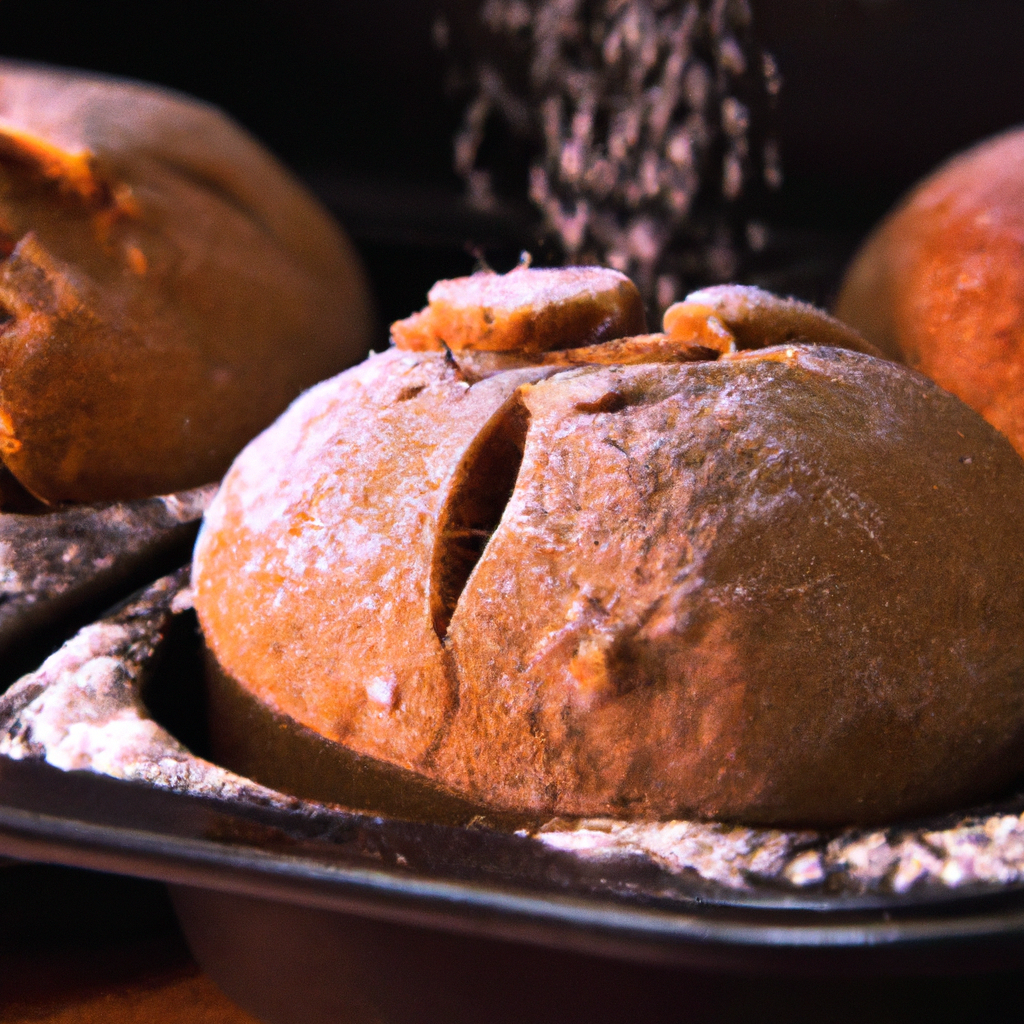How Does Air Pressure Affect Baking at High Altitudes?
Baking is a science that requires precision, and any change in the environment can affect the outcome. One such factor that can significantly impact baking is air pressure, especially at high altitudes. As you move higher up in the atmosphere, the air pressure decreases, making high altitude baking a unique challenge. In this article, we will explore the effects of air pressure on baking and how it affects baked goods at high altitudes.
Understanding Air Pressure
Before we delve into the effects of air pressure on baking, let’s first understand what air pressure is. Air pressure is the measure of the force exerted by air molecules on a given area. It is influenced by factors such as altitude, temperature, and humidity. As you move to higher altitudes, the air pressure decreases since there are fewer air molecules present.
The Effects of Air Pressure on Baking
Baking is a delicate process that involves various chemical reactions that rely on precise temperatures, humidity, and air pressure. At high altitudes, the lower air pressure can affect the baking process in several ways, including:
1. Leavening
Leavening is the process of adding gas to the dough or batter to make it rise. This can be achieved through the use of yeast, baking powder, or baking soda. However, at high altitudes, the lower air pressure can cause the leavening agents to work too quickly, resulting in the dough or batter rising too much. This can cause the baked goods to collapse or have large air pockets, making them dense and unappetizing.
2. Evaporation
Evaporation is the process of water turning into steam when heated. In baking, water is a critical ingredient that provides moisture and helps the dough or batter rise. However, at high altitudes, the lower air pressure can cause water to evaporate quickly, resulting in dry and crumbly baked goods.
3. Cooking Time
The lower air pressure at high altitudes can also affect the cooking time of baked goods. Since the air pressure is lower, the boiling point of water is also lower. This means that water boils at a lower temperature, causing baked goods to cook at a lower temperature and take longer to cook. This can result in overcooked or undercooked baked goods.
High Altitude Baking Tips
Now that we understand the effects of air pressure on baking let’s explore some tips for baking at high altitudes. These tips can help you achieve the best results while baking:
1. Adjust the Recipe
When baking at high altitudes, it’s essential to adjust the recipe to account for the lower air pressure. This involves reducing the leavening agents, increasing the liquid ingredients, and reducing the sugar and fat content.
2. Increase Baking Temperature
Since baked goods take longer to cook at high altitudes, it’s essential to increase the baking temperature to ensure they cook thoroughly. Increase the temperature by 15-25 degrees Fahrenheit, depending on the recipe.
3. Increase Liquid Ingredients
As mentioned earlier, the lower air pressure can cause water to evaporate quickly, resulting in dry and crumbly baked goods. Increasing the liquid ingredients, such as milk or water, can help keep the baked goods moist.
4. Use a Thermometer
Using a thermometer to check the internal temperature of baked goods is crucial when baking at high altitudes. This helps ensure that the baked goods are cooked thoroughly and not undercooked.
Conclusion
In conclusion, air pressure is a crucial factor that can significantly affect baking, especially at high altitudes. Understanding the effects of air pressure on baking and knowing how to adjust your recipe can help you achieve the best results when baking. By following the tips outlined in this article, you can bake delicious and moist baked goods even at high altitudes.







